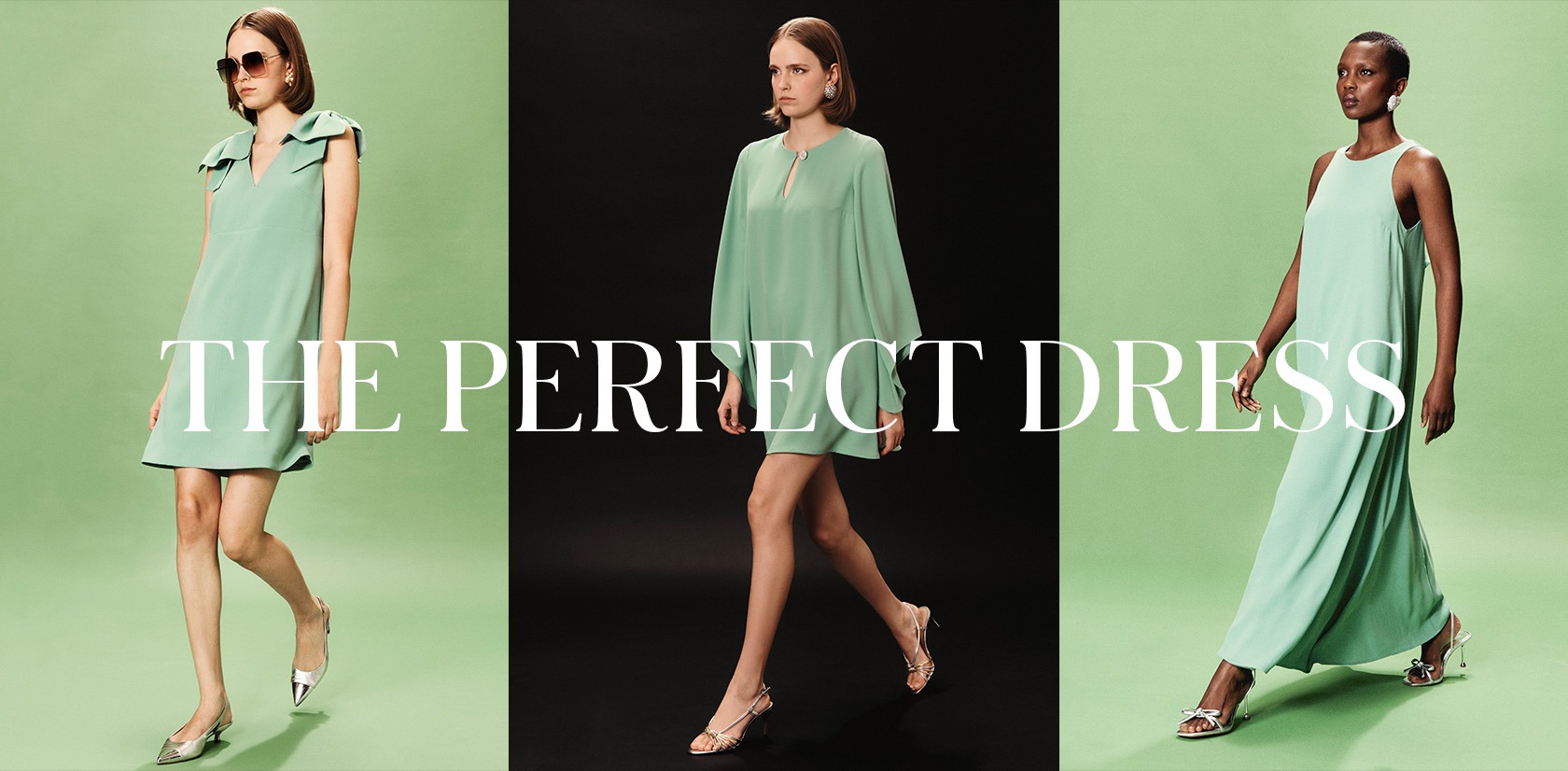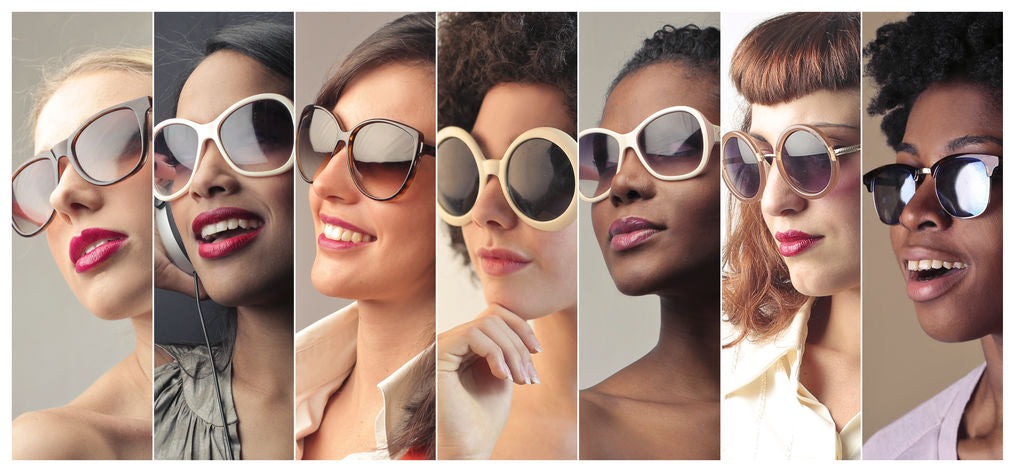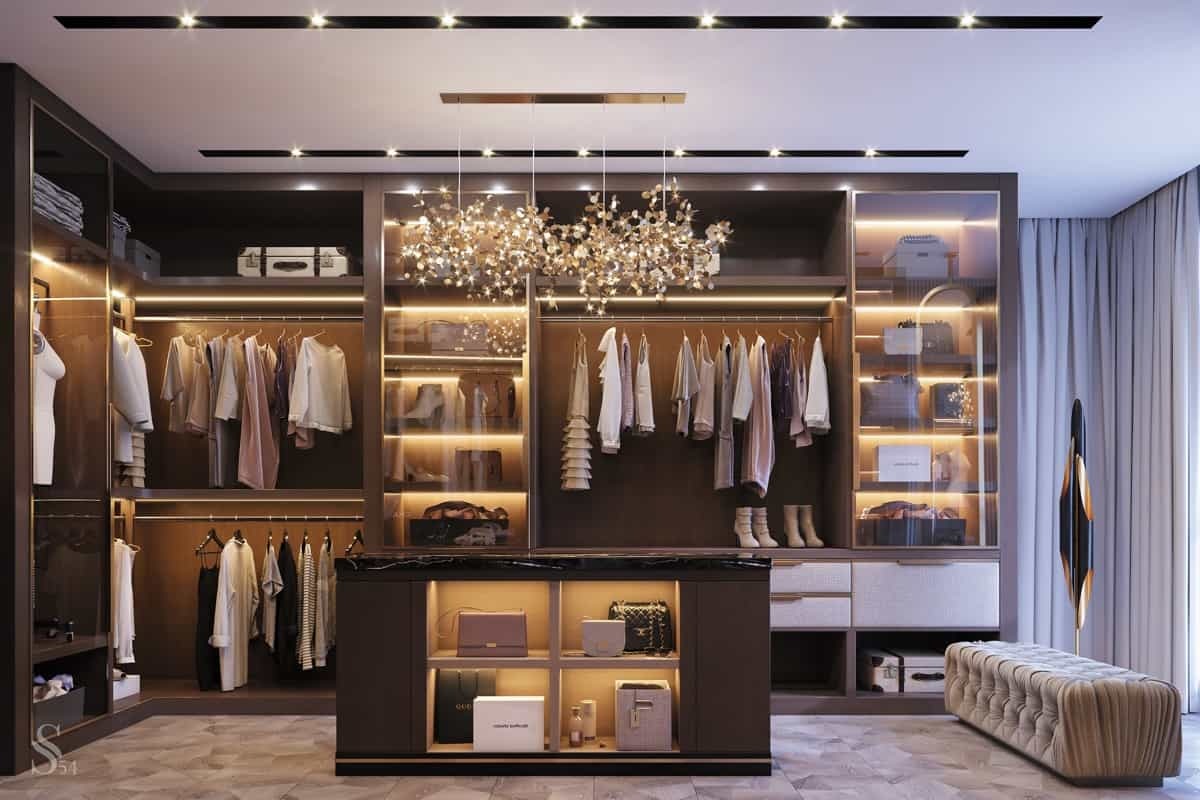Choosing the perfect outfit for any occasion can sometimes feel daunting. Whether it’s a casual brunch, a formal wedding, a business meeting, or a night out, dressing appropriately while expressing your personal style is key to feeling confident and comfortable. The art of selecting the right outfit combines understanding the event’s dress code, knowing your body type, and accessorizing smartly. This comprehensive guide offers practical tips and strategies to help you master the skill of dressing perfectly for any occasion.
Understand the Occasion and Dress Code
The first step in choosing an outfit is to understand the nature of the event and its expected dress code. Events generally fall into categories such as casual, smart casual, business casual, semi-formal, formal, and black-tie.
- Casual: Comfortable and relaxed clothing like jeans, tees, and sneakers.
- Smart Casual: Polished yet relaxed—think chinos, blouses, and loafers.
- Business Casual: Professional but not overly formal; dress pants, skirts, blazers.
- Semi-Formal: Cocktail dresses, dress shirts, suits without tuxedos.
- Formal: Evening gowns, tuxedos, and elegant suits.
- Black Tie: The most formal attire; floor-length gowns and tuxedos.
Understanding these categories helps you avoid underdressing or overdressing, which can cause discomfort or social awkwardness.
Consider the Venue and Weather
The location and setting of the event influence your outfit choice significantly. Outdoor garden parties call for breathable fabrics and comfortable shoes, while upscale venues demand elegant attire.
Season and weather conditions also matter—light fabrics for summer events, layering and warm materials for winter.
Check the forecast and dress accordingly to ensure comfort throughout the occasion.
Know Your Body Type and Flattering Silhouettes
Wearing clothes that complement your body shape enhances your confidence and appearance.
- Hourglass: Highlight your waist with fitted dresses and tailored pieces.
- Pear Shape: Balance wider hips with A-line skirts and structured tops.
- Apple Shape: Choose empire waists and V-necklines to elongate the torso.
- Rectangle: Create curves with belts, peplum tops, and flared skirts.
- Inverted Triangle: Soften broad shoulders with flowing bottoms and simple tops.
Understanding these basics helps you pick silhouettes that flatter your figure for any event.
Pick the Right Colors
Color influences mood and impression. For formal occasions, classic neutrals like black, navy, and white convey elegance and sophistication.
Bright colors and patterns are perfect for casual or festive events, adding vibrancy and personality.
Consider your skin tone when selecting colors—warm tones suit earthy hues, while cool tones shine in jewel shades.
Don’t be afraid to use color to express your style while respecting the event’s tone.
Choose Appropriate Fabrics and Textures
Fabric choice affects comfort, appearance, and suitability.
Natural fibers like cotton, silk, wool, and linen breathe well and often look more polished.
Synthetic fabrics may offer stretch and durability but can lack breathability.
For formal events, luxurious fabrics such as satin, velvet, or chiffon add elegance.
In casual settings, denim, jersey, or cotton blends provide ease and practicality.
Master Layering and Accessories
Layering adds dimension and adaptability to your outfit. A blazer, cardigan, or shawl can transform casual attire into something more refined.
Accessories—jewelry, scarves, belts, and bags—complete your look. Choose pieces that complement your outfit without overwhelming it.
For formal occasions, opt for understated elegance, while casual events allow for bolder or quirky accessories.
Shoes should be both stylish and suitable for the occasion, whether heels, flats, or boots.
Plan for Comfort and Practicality
An outfit that looks great but is uncomfortable can ruin your experience. Choose clothes that fit well and allow freedom of movement.
Consider practical aspects like length of a dress, heel height, or fabric weight.
For long events, bring essentials like a clutch with makeup, a wrap, or comfortable flats.
Use Inspiration and Plan Ahead
Looking at fashion magazines, blogs, or social media can inspire outfit ideas.
Planning your outfit in advance reduces last-minute stress and allows time for adjustments.
Try your outfit beforehand to ensure fit, comfort, and style.
Personalize Your Look
While it’s important to respect dress codes, adding personal touches ensures your outfit feels authentic.
Incorporate signature colors, favorite accessories, or unique styling.
Confidence comes from wearing something that feels true to you.
Etiquette and Cultural Sensitivity
Be mindful of cultural norms or religious customs that may influence appropriate dress.
When in doubt, research or ask the host to avoid inadvertent offense.
Respect for occasion-specific etiquette enhances your presence and comfort.
Conclusion
Choosing the perfect outfit for any occasion is a skill that combines awareness, preparation, and self-expression. By understanding the event’s dress code, considering your body type, selecting suitable colors and fabrics, and accessorizing thoughtfully, you can craft outfits that make you look and feel your best.
Remember, confidence and comfort are the ultimate accessories that complete any look. With these strategies, dressing for any event becomes an enjoyable and empowering experience.


